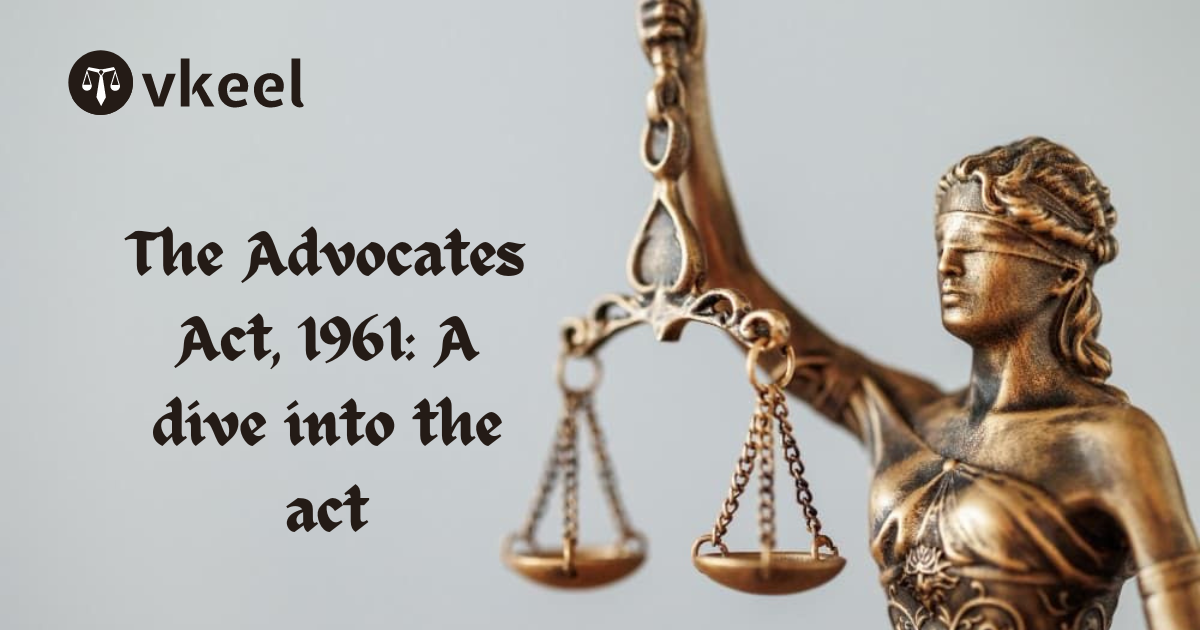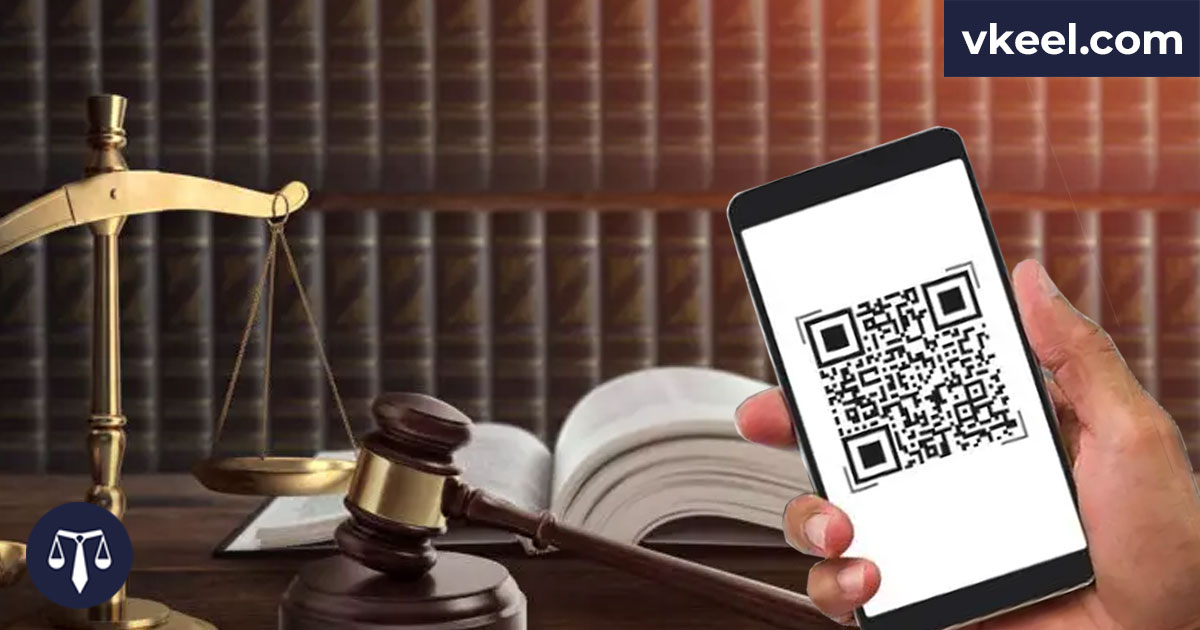Division of Family Assets – Relinquishment Deed – NOC by Coparceners
By Kishan Dutt Kalaskar
Division of assets, also commonly known as division of property, is one of the most debatable topics in India. Earlier, through the implementation of Hindu Succession Act, 1956 a girl in a particular family was allowed to claim her part of the property equally like her brothers unless there is a will executed by her father for the division of property. However, due to certain ambiguity and due to non-flexibility of this law, a recent amendment was made to this legislation. The recent amendment in the existing law has allowed the women who are born before the year 2005 to claim the property.
However, there are still a lot of cases, where the women of the family do not claim her share in father’s property. In such circumstances, her share needs to be entitled to someone in the family, and this process is known as the division of assets. Normally, a woman transfers her rights to share in the property to her brother as he mostly already has a share in the property.
Ways through which transfer of property can happen
This article focuses on how a daughter or sister can transfer her part of share in the ancestral property to someone else in the family. There are mainly two ways to do it.
Consult with: Top Lawyers of India
- By signing a Non-objection certificate
- Through the process of relinquishment deed
By signing of the non-objection certificate (when there is no will executed)
As the name suggests, a non-objection certificate is signed when an individual legally wants to explain that he/she has no objection in doing a particular thing. Therefore, such scenario arises when a will is not executed as there is no proof how the property is to be divided between members of the family.
When a daughter signs a non-objection certificate (NOC), she states that she has no objection in transferring her share of the property to someone else in the family. This certificate is one of the most important certificates that is required to transfer the property in the case where no will is executed by the deceased of the family.
An individual who receives a legacy under the will, or who obtains a property after the death of a person automatically without even the execution of a will is called the legatee or legal heir. However, if the legal heir chooses to give up rights in the share of the property, he or she will have to present a written letter in favor of other heirs (NOC), stating they are giving up their claim in the said property and in such a case, the children of this said person will also not be able to stake claim over the property in future.
- Through the process of relinquishment deed (when there is no will executed)
What is a relinquishment deed?
Relinquishment deed is a legal instrument where a legal legatee gives up or releases his legal rights in a hereditary parental property for another legal heir.
Talk with: Best Lawyers of India
The expression relinquishment refers to the disposing off and giving up of the rights, title, and interest, by one co-owner of property for the other co-owners. The subsequent scenario of relinquishment of one co-owner’s share in possessions is the extension of the shares of the other co-owners.
Essentials Elements of Relinquishment Deed
- Legal document: Relinquishment deed is a legal document. Through this legal document, an inheritor can reassign or discharge his legal right of the innate property.
- Consequences: The result of such transfer of rights is the discharge of the share of one co-owner and the augmentation of the shares of the other co-owners.
- Irrevocable: A release or relinquishment deed is binding and irrevocable in nature even if it made without any monetary consideration. For a valid relinquishment deed, more than one individual must be the owner of the property.
- Relinquishment cannot be done for a 3rd person: Relinquishment of assets can’t be made in favour of an individual other than a co-owner. If a relinquishment is made in favour of a person who is not a co-owner, the contract will be treated as a gift.
- Must be in writing: The relinquishment of property when the property is immovable – is necessary to be executed through a written document called relinquishment deed, that must be signed by all the parties to the deed and that has to be attested by at least two witnesses.
- Must be registered: Relinquishment deed falls within the ambit of Section 17 of the Registration Act, 1908 and hence, a discharge of rights in the immovable property must be registered. The registration has to be placed in the office of the sub-registrar within whose jurisdiction the property is located.
- Consideration: A relinquishment deed can take place with or without any consideration.
- Simple process: A relinquishment deed can be completed and registered in only some days, and this procedure is not costly.
Who can Relinquish a Property?
Any person who has a share in the property and who is capable of making relinquishment of property. In a circumstance that there is more than one proprietor in a property, either of the co-owners can do the relinquishment. For a valid relinquishment, the basics of a valid agreement are to be followed other than the reimbursement other than the consideration.
Consult with: Top Lawyers of India
Registration of Relinquishment Deed
A relinquishment deed is a document by which an individual formally gives up his assets to another person, and the said deed must be methodically executed and registered in accordance Section 17 of the Registration Act, 1908.
For attainment a relinquishment deed registered, it is recommended to seek advice from a lawyer who can prepare the deed for you, and in case you know the legal methodology and terminology, you can do that on yourself. The steps mentioned below are to be followed to get a relinquishment deed registered:
- Preparation of Relinquishment Deed: A Relinquishment Deed is to be made on a stamp paper of Rs.100. Make sure that every aspect of the relinquished property is clearly cited in the deed.
- Submission the deed before Sub-Registrar of Assurances: Once the deed is prepared on a stamp paper, it is presented before sub-registrar of declaration within whose jurisdiction the property is located for registration along with a registration fee which differs from state to state, but it is somewhere between Rs. 100 – Rs. 250 in all states
- Witnesses and other requirements: Signatures of two witnesses will be necessary to get a deed registered. Other documents such as passport size photos, identity proof (driving license, Aadhar card, etc.) will be essential.
Case Laws
Case I
Lalitha James and others v. Ajit Kumar and others
Facts of the case:
P.S. Chouhan held vast properties. He died unmarried and issueless as well as was determined to give away the said properties to his two sisters named Mrs Dayabai and Gracebai by executing a gift deed in 1935. There had been no partition between them. Mrs Dayabai was survived by appellants 2,3and 4. Gracebai survived by appellant 1, named Mrs Lalita Jaems, and respondent no. 3, namely Mrs Park. The 5.74 acres of land was divided between the survivors of Gracebai. Respondent no. 3 sold her share to Respondent no. 2 for Rs. 14,000/-. Later on, the transferee commenced digging the land to raise a structure. It was objected to by appellant no.1 as well as a suit was filed by Respondent 2.
Talk with: Best Lawyers of India
The Trial Court dismissed the suit since the vendor was not in possession as well as the sale did not confer any right or title on them, whereas they can get their money refunded. The Court held that respondent no 3 was in exclusive possession of the land, whereas rightfully sold it to respondent no. 2.
Final Judgment:
The Madhya Pradesh High Court highlighted that it is the strength of the plaintiff’s title and not the absence of the defendant’s title that matters. A purchaser of the undivided property from a co-owner’s share is not entitled to possession of any particular part of the joint property. His right would be for joint-ownership and not for exclusive ownership of any part of the joint property. A transferee is not in a better position than the co-owner himself. Section 44 of the Transfer of Property Act gives sanction to this principle. Therefore, the High Court held that the respondents were entitled to enforce the partition of the joint estate. The Court did not accept the sale of the exclusive property and allowed the appeal.
Case II
A single bench of the High Court of Delhi, vide judgment dated 20 May 2020 in the matters of Tripta Kaushik v Sub Registrar VI-A, Delhi & Anr and Ramesh Sharma v Government of N.C.T. of Delhi & Ors., has dealt in depth with the distinction between a relinquishment deed and a gift deed. The Court laid down a test to determine whether a particular deed is a gift deed or a release deed and held that if the relinquishment by the co-owner is in favour of only one of the co-owners and not all the co-owners, that particular document will be a gift deed and not a relinquishment deed.
The Delhi HC considered various judgments of the Supreme Court and several High Courts and laid down the following test to determine whether a deed can be considered a release/relinquishment deed.
- The character of the transaction intended by the co-owner is the deciding factor in determining whether the document is a release or gift deed and not the other factors or the language of the document;
- Determining the nature of the document is not a pure question of law;
- Mere usage of the words like “consideration” and “transfer” will not affect the true character of the transaction; this is applicable in case the co-owner is renouncing its share in favour of another co-owner;
- Co-owners can be through both inheritance and purchase;
- If the relinquishment is in the favour of only one of the co-owners and not against all, the document would then be considered a gift deed and not a release deed.
Through this judgment, the Delhi High Court has laid down a consolidated test to make it convenient for the common man to gauge the difference between a release deed and a gift deed.
Consult with: Top Lawyers of India
Conclusion
The transfer of ancestral property between legal heirs is a matter of concern always as it becomes a tough job, especially when there is no will executed by the owner of the ancestral property. In many circumstances, even when a will is executed, there are high chances that the heirs may not be satisfied with it and eventually challenge the will in the desired courts. Through the new amendment in the law, where a daughter can equally claim for her share in the property it has become important that the will is drafted in such a manner that it satisfies all the necessary prevailing laws in the country.
However, in most of the circumstances, a daughter refuses for her share in the property and often ends up in giving up her share of the property to her brother or mother. Such a process needs to be complied with the process explained above, for it to it be a legal and valid transfer in the eyes of the law.
Disclaimer:
The information provided in the article is for general informational purposes only, and is not intended to constitute legal advice or to be relied upon as a substitute for legal advice. Furthermore, any information contained in the article is not guaranteed to be current, complete or accurate. If you require legal advice or representation, you should contact an attorney or law firm directly. We are not responsible for any damages resulting from any reliance on the content of this website.












